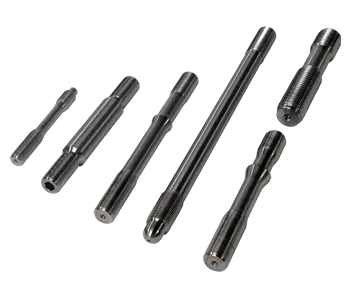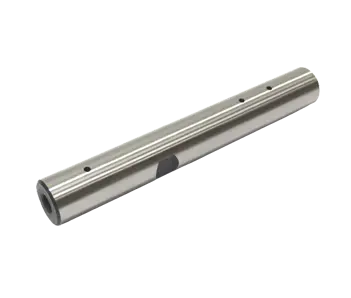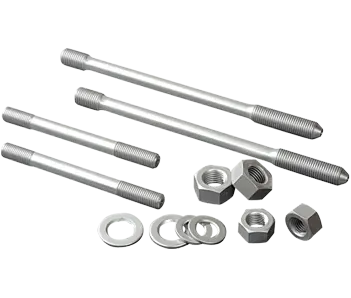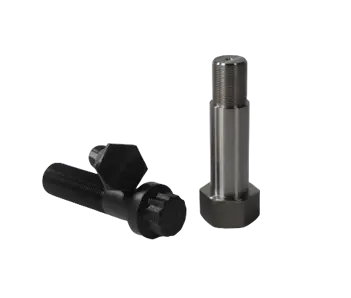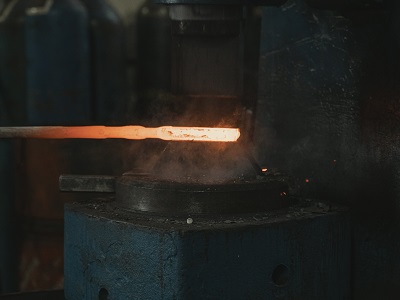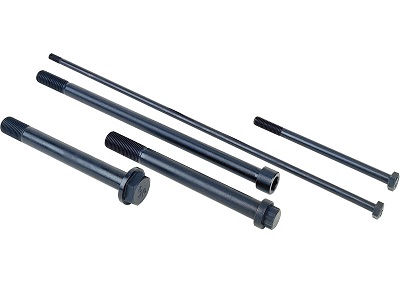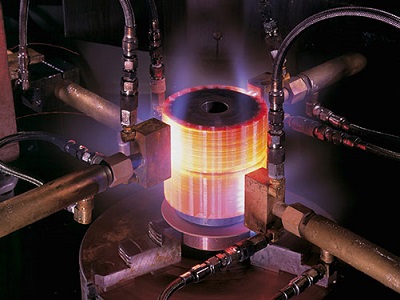
There are various factors that generate hydrogen. In most cases of hydrogen embrittlement failure in fasteners, the highest number of factors come from the pickling and subsequent electroplating processes in production. The occurrence of fasteners failing due to hydrogen embrittlement is relatively rare in non-electroplated fasteners.
Before electroplating, the fasteners need an active surface, so chemical cleaning is necessary. The cleaning process typically involves using alkaline solution for degreasing, followed by acid pickling to remove the oxide scale and rust formed during heat treatment. Acid pickling deposits a large amount of nascent hydrogen (H) atoms on the surface of the fasteners. The time immersed in the acidic solution should depend on the surface condition of the parts, and the soaking time should be minimized, using inhibitors. Some hydrogen atoms bond together and form H2 molecules, which appear as bubbles in the acidic solution. Some nascent hydrogen atoms are absorbed by the steel material. The total amount of hydrogen that fasteners can absorb is influenced by the pickling time and the chemical nature of the acidic solution.
The next step is electroplating, during which protective metal elements (such as Zn,Ni, or Cr) are in ionic state and deposited onto the fasteners through cathodic reaction in the electrolyte. Moreover, the process generates hydrogen that can be absorbed by the fasteners.
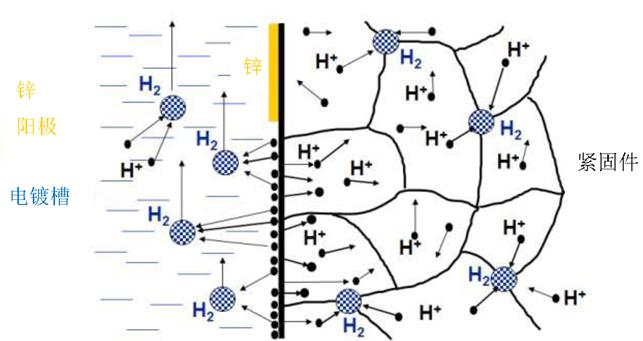
▲ Figure 3: Electroplating
Hydrogen is dispersed in steel fasteners in atomic form (H). The hydrogen atoms absorbed by the steel material are highly active and can diffuse extensively within the fastener material. Internally, hydrogen atoms tend to separate into high tensile stress areas, and over time, the hydrogen concentration in this area gradually increases. If two adjacent atoms recombine to form hydrogen molecules (H2) at a defect, the stress required to displace them increases, and the hydrogen molecule becomes firmly rooted there.
As mentioned earlier, fractures caused by hydrogen embrittlement occur in intergranular structures. Internally, hydrogen tends to be distributed at grain boundaries, inclusions, fractures, and other defects in the fasteners. Over time, hydrogen gradually increases in these areas of the fasteners through diffusion.
The higher the concentration of hydrogen, the lower the critical stress for failure, and the lower the concentration of hydrogen, the higher the critical stress for failure. Free hydrogen atoms diffuse to surface defects, inclusions, fractures, and other areas of high tensile stress in the fasteners, resulting in decreased strength in these areas. When the hydrogen concentration and total stress reach the critical point, fractures occur, and this process continues until the fasteners eventually fail. Initial cracks typically occur within grains and then develop to grain boundaries. From there, the cracks propagate along the grain boundaries until the fasteners eventually fracture.
Jinan Zhongchuan Equipment Co., Ltd., a renowned industrial fastener manufacturer dedicated to providing high-quality solutions for various industrial needs. We specialize in delivering precision-engineered fasteners that meet the highest standards of performance and reliability. We invite all interested parties to get in touch with us for our industrial fastener requirements. Contact us today to discover how our expertise and top-notch products can benefit your operations.
